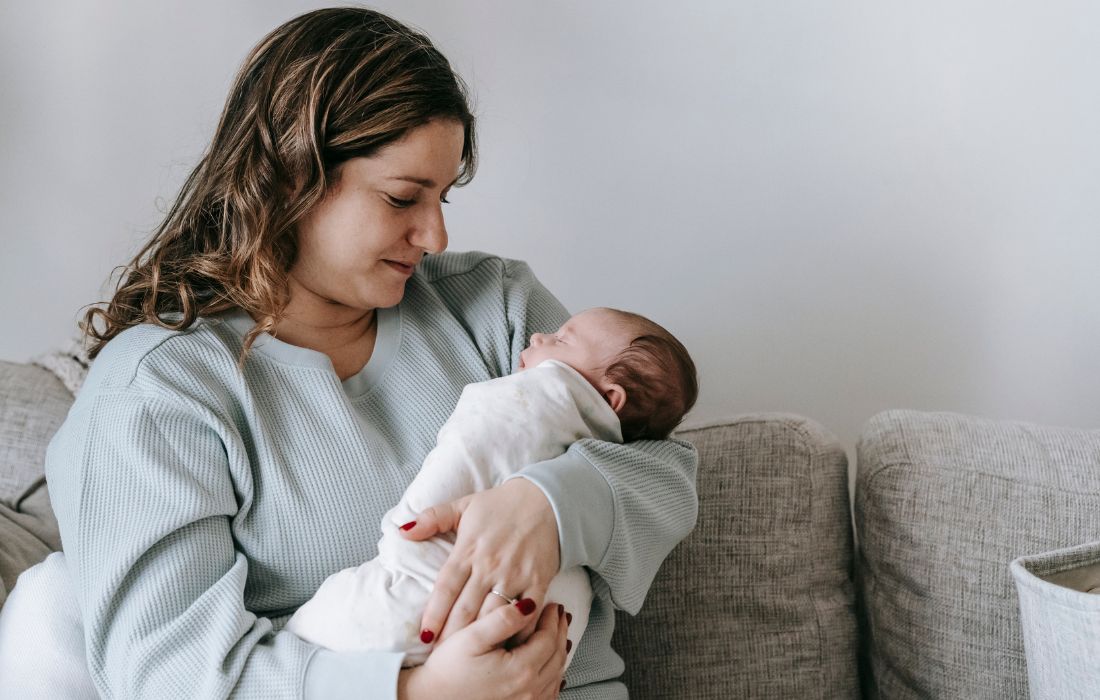Naps, Naps, and Naps! When, Why, and How to Get Your Baby to Nap
Getting your child to sleep at night is a major milestone and goal for parents everywhere. But did you know that daytime sleep plays a huge role in that quality nighttime slumber? Learn why they’re important and how to get solid naps for your child. Learn about:
- What age do regular naps start?
- Nap Windows
- Consistency
- How developmental milestones affect naps
When Do Regular Naps Start?
The first morning nap doesn’t start to develop its consistency in time and length until around 12 weeks. The afternoon nap follows several weeks later. Notice the “around” and “several”…these are not definitive numbers.
If you have a newborn, after 6-8 weeks you can decide to put your baby down drowsy but awake at bedtime as your first big sleep goal. No nap coaching! Just make sure the daytime sleep tank is full any way you can get it. This will help your baby sleep better at night.
Wondering what Drowsy But Awake means?
Read: Drowsy But Awake — The Cornerstone of Successful Sleep Training
Night Sleep First
The afternoon nap and early rising are the last two pieces to fall in to place in sleep coaching.
Naps can help improve your child’s mood and reduce crying, whining and temper tantrums. Getting enough day sleep helps their brains grow and develop so that they can learn and grow at the incredible rate that they do. Early on, you’ll need to follow your child’s nap cues and allow them enough sleep. You will also want to make sure you aren’t letting them sleep too late in the afternoon.
[sc name=”naptraining”]
Why Isn’t My Child Napping?
There are more reasons for a child not napping than there are days of the week. Fortunately, the common ones are quick to spot. They can include:
- Child hasn’t learned to fall asleep independently
- Missed nap window
- Developmental changes
- Consistency
- Medical issues
Has my Child Learned to Fall Asleep Independently?
Are you feeding, rocking, walking, lying down with your child to get them to go to sleep for their nap? Then they’ll need you to do this to help them get back to sleep when they wake at a normal arousal during a nap.
If you find your child is taking longer and longer to get to sleep for their nap, or when you do finally attempt to put them in their crib they wake suddenly, then it is time to nap coach! Follow all the details outlined in The Sleep Lady’s Good Night, Sleep Tight on how to do this. It takes a couple of weeks but it’s worth it! Your whole family will be transformed for the better.
Am I Missing My Child’s Nap Window?
The more overtired you allow your child to get, the more wired he’ll get. That makes it harder for him to go to sleep and stay asleep.
We all operate on an internal clock that tells us when to go to sleep and when to be awake. When we miss that window or sign that says “I am ready to slow down and get ready for sleep — I am waiting for the signs from you Mom and Dad,” the body secretes chemicals that wire our children which creates more crying, tantrums and artificial energy. This, of course, makes it more difficult to go to sleep and stay asleep. Watch your child for signs of being tired and aim to put her down for a nap as soon as you see those signs. If you have an alert child who is good at masking his signs then you will need to watch the clock.
Are Developmental Changes Affecting Naps?
Always go by your child’s cues first. Make sure you are watching for signs of tiredness between naps and are adjusting your schedule accordingly. For instance, if your childcare center moves all 1-year-olds to one nap and your 1 year old is not ready, talk to them, bring in my book and show them a typical one-year-old schedule. Share with them that the average age to transition to one nap is 15-18 months old. If you don’t feel your child is ready, ask them what you can do to keep them in the two nap room or program. Be an advocate for your child’s sleep!
Do you know what your child’s appropriate schedule looks like?
Read: Sample Schedules: Sleep and Naps From 6 Months to Preschool
Is My Child’s Nap Time Consistent Enough?
If your child naps well at childcare but you want him to nap on the go on the weekends, this may wreak havoc with his nap schedule and cause him to be overtired. This could also potentially negatively affect his night sleep.
If your weekday childcare schedule is working, try to be in sync on the weekend and make naps a priority. Do your best to stay within half an hour of the nap time schedule you created. Our children do better when they go to sleep around the same time and wake around the same time every day, including weekends. This is true for night and day sleep. It’s also true for adults!
Ready to nap train?
Read: Nap Training: How to Get Good Naps for Good Nights
Are Health Problems Causing Difficulties with Naps?
The most common are asthma, allergies, ear infections and reflux. Asthma and allergies can interfere with breathing when lying down, which makes it harder to go to sleep and stay there. Ear infections can make lying down more uncomfortable.
Finally, our child can reflux more easily when lying down flat. Reflux can wake you up from a sound sleep! Since our children build their immune systems while sleeping, it is even more important that they get the sleep they need when sick.
While they are sick and you are working on getting their reflux, asthma, or allergies under control, do whatever you need to do to help them sleep. You can always work on undoing any negative sleep habits when they are feeling better, but try not to introduce many new sleep crutches. And of course, talk to your doctor about your concerns.
With consistency and an eye on their cues, your baby or child’s nap schedule can lead to better sleep all day and night.





